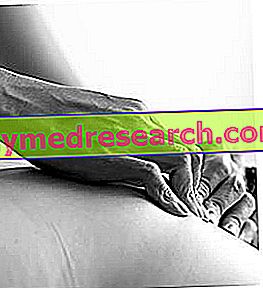
Botulinum toxin, produced by an anaerobic bacterium of the genus Clostridium, once injected in small doses, causes distension of facial wrinkles through paralysis of the underlying muscles.
In aesthetic medicine, the Italian Drug Agency (AIFA) authorizes the use of botulinum toxin (Botox) for the improvement of the vertical lines between the eyebrows ( glabellar wrinkles ) and periocular wrinkles. Effectiveness and safety of use of Botox, in fact, have been studied at the moment only for these indications. Any other applications of botulinum toxin not indicated by AIFA are under the direct responsibility of the doctor.
Like any drug, botulinum toxin has contraindications and side effects . Treatment should be avoided during pregnancy and lactation, in the presence of certain types of neurological diseases and if you are taking antibiotics of the aminoglycoside family. Furthermore, it should be used very carefully in alcoholic persons (because they are more sensitive to the toxin).
The side effects are variable, both in intensity and in severity. They range from the most common ones such as headache, localized skin reaction and erythema, to less frequent ones such as weakness and eyelid ptosis. Botulinum toxin can also cause more serious reactions, fortunately more rare, such as difficulty swallowing or breathing. In any case, if an adverse reaction is suspected, it is important to contact your doctor immediately or go to the emergency room.



